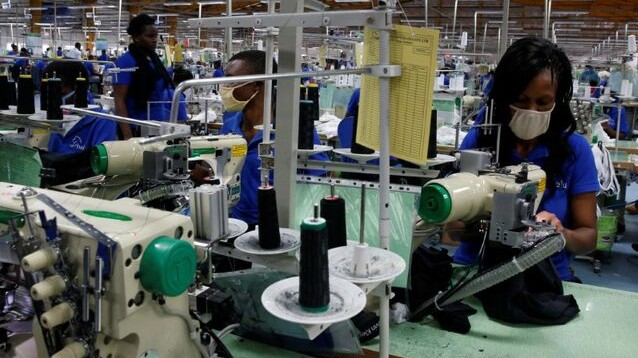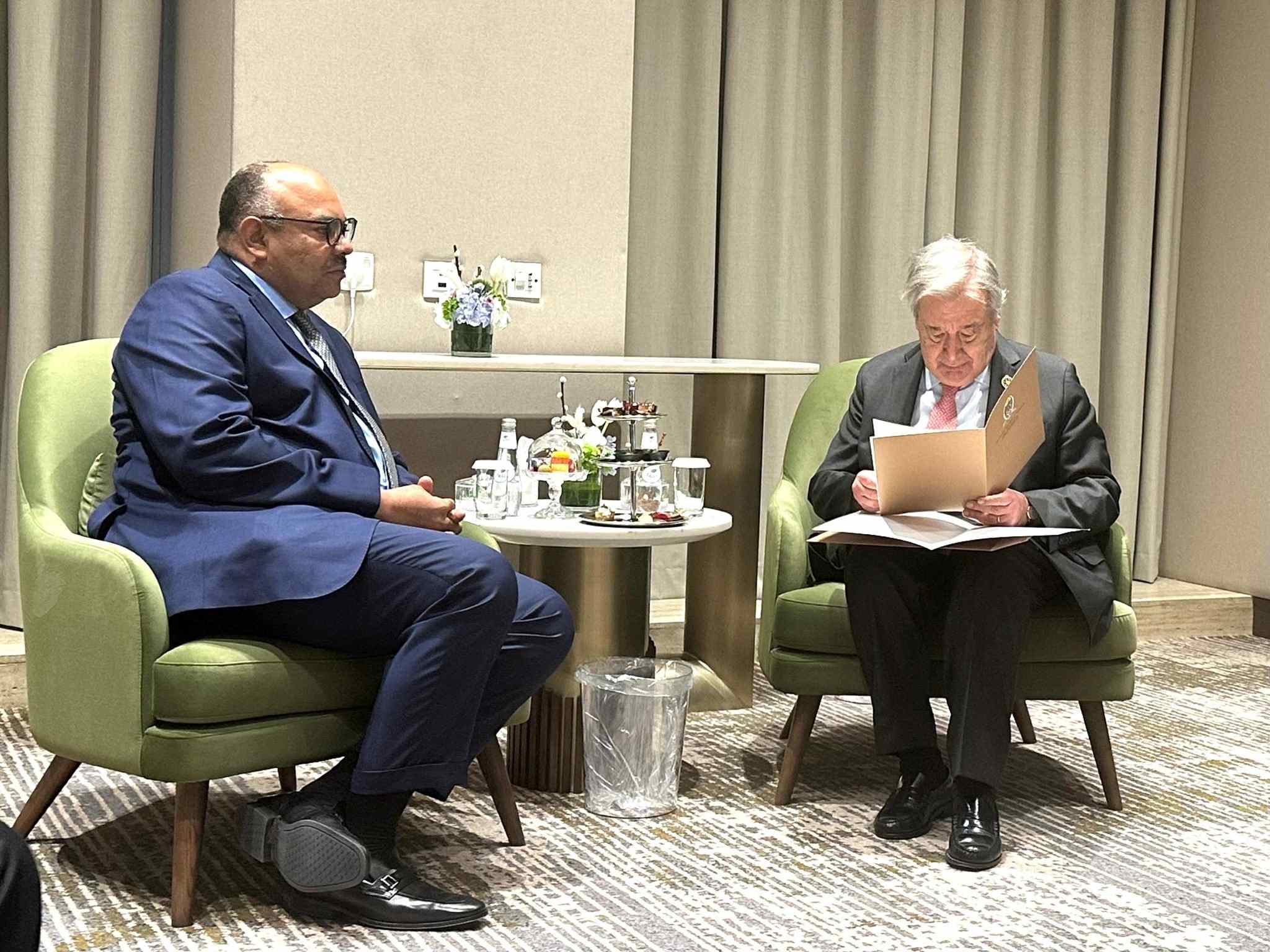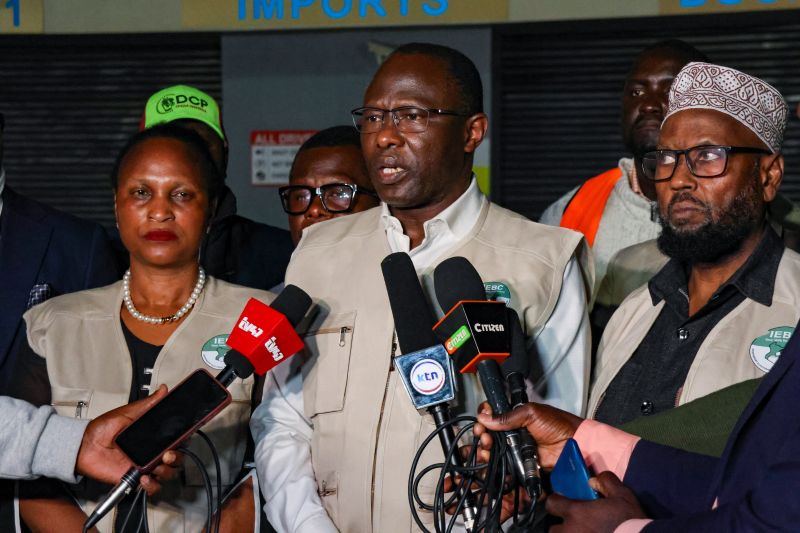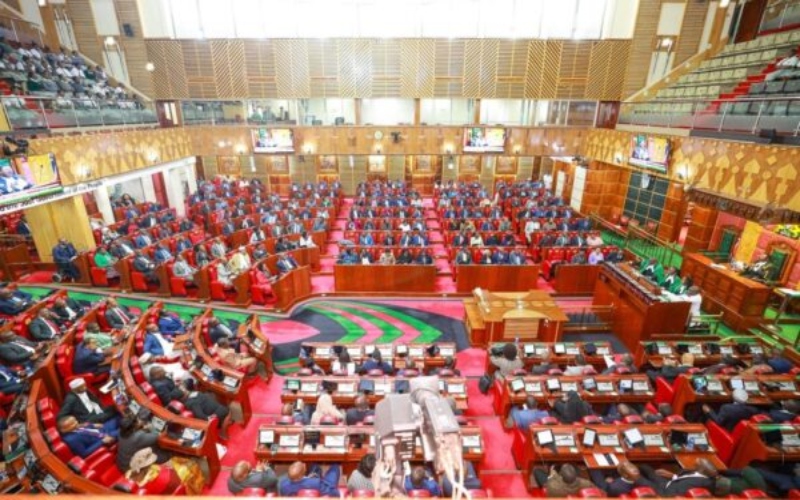Why Kenyan SMEs struggle to break into export market despite government push

The latest Country Economic Transformation Outlook report by the state owned research firm, Kenya Institute for Public Policy Research and Analysis (Kippra) reveals why.
Kenyan small and medium-sized enterprises (SMEs) continue to play a limited role in the country’s export trade. This is despite the relentless push by the government over the years to increase its participation in the trade.
According to the latest Country Economic Transformation Outlook report by Kenya Institute for Public Policy Research and Analysis (Kippra), Kenya's export markets are limited and heavily focused on a few high-value sectors like tobacco, apparel, and pharmaceuticals, areas that largely exclude most SMEs.
More To Read
- How collaboration is redefining Kenya's e-commerce playbook
- Kenya losing Sh684 billion in untapped export earnings, KAM study shows
- SMEs sound alarm over rising failure rates amid investment gaps
- New KIPPRA report exposes the hidden weaknesses crippling Kenya’s forest industry
- Kenya exports Sh50.87 billion worth of goods to US ahead of AGOA expiry
- Nairobi’s 'pencil man': Ignatius Otieno story of resilience, unique hustle
However, even in these relatively competitive industries, Kippra reckons that present SMEs' participation in direct exports is low.
Additionally, Kippra says high compliance costs, stringent product quality standards, and a lack of adequate skills continue to hinder Kenyan SMEs from fully participating in export markets.
Regulatory fragmentation and logistical inefficiencies further impede SME participation, according to the study.
“Accurate and timely information about export markets, credible business partners, and specific export requirements is difficult for MSMEs to access,” the report adds.
“The limited awareness of government support services, such as those provided by the Kenya Export Promotion and Branding Agency, leaves many MSMEs vulnerable to fraud or financial losses.”
Kippra reckons that this information asymmetry prevents them from effectively navigating the complexities of international trade, further limiting their potential to engage in exports.
Nevertheless, it highlights that exchange rate volatility further complicates export operations of the SMEs by increasing transaction costs and reducing pricing competitiveness.
Another significant challenge is the difficulty in securing export financing.
“MSMEs often struggle to raise capital to fulfil large export orders or to finance participation in international trade fairs,” Kippra says.
“Female-owned enterprises are particularly disadvantaged due to gender biases in lending practices, due to collateral constraints.”
Notably, the report champions the establishment of export processing zones (EPZs), which have reportedly bolstered the country’s production capacity and export competitiveness.
This is particularly through the African Growth and Opportunity Act (AGOA), which has positioned Kenya as a leading apparel exporter to the United States.
It notes that the EPZs have also attracted foreign direct investment (FDI) and contributed significantly to export sales.
However, it says significant room remains for more manufactured non-traditional exports and more export market diversification under the programme.
It, for instance, says the concentration of exports, especially apparel, in the US market, exposes Kenya to economic risks and threatens the sustainability of Kenya’s export growth.
Top Stories Today
Reader Comments
Trending











































